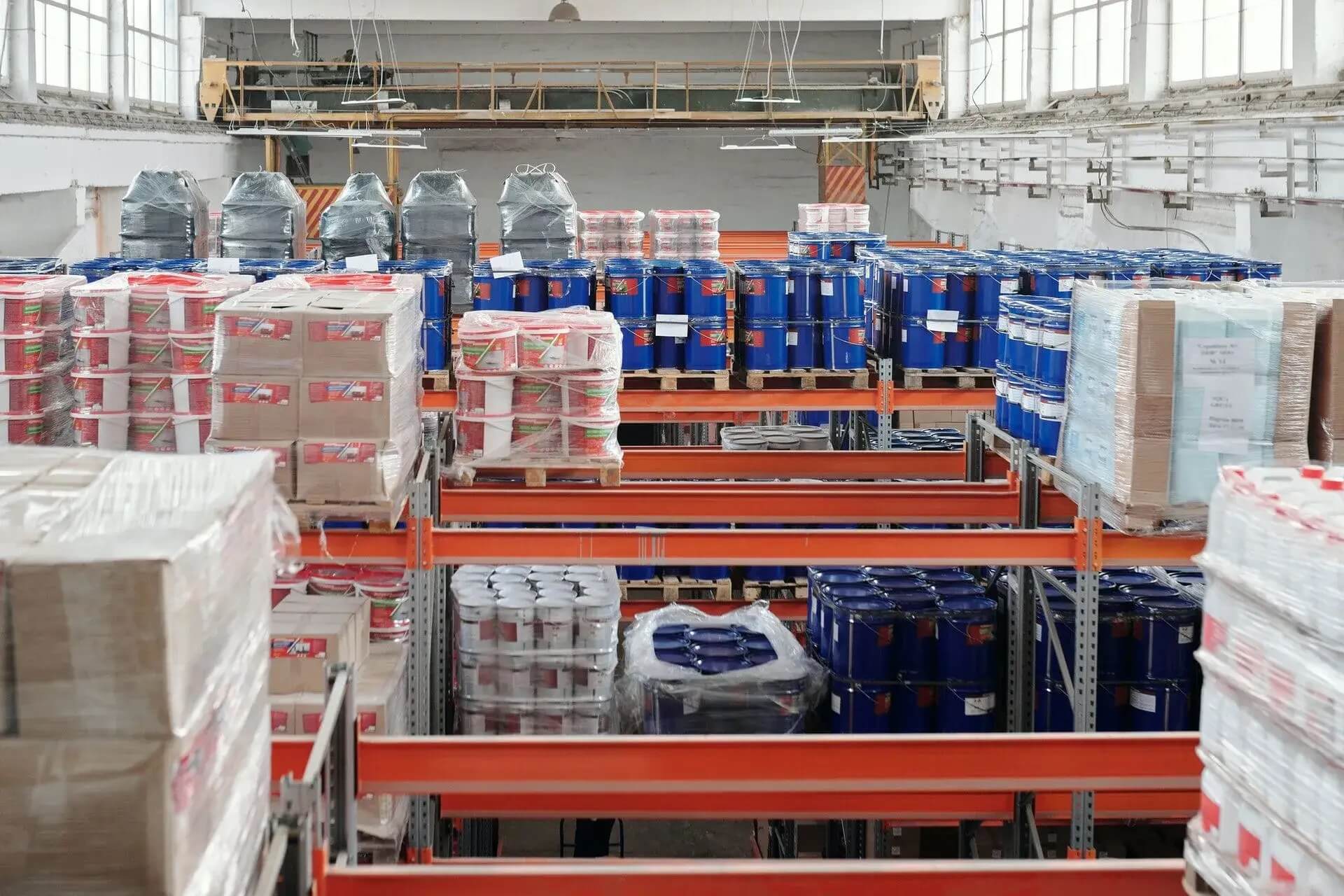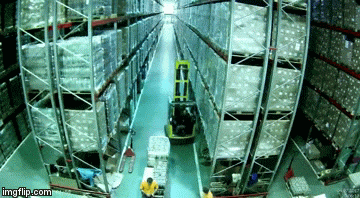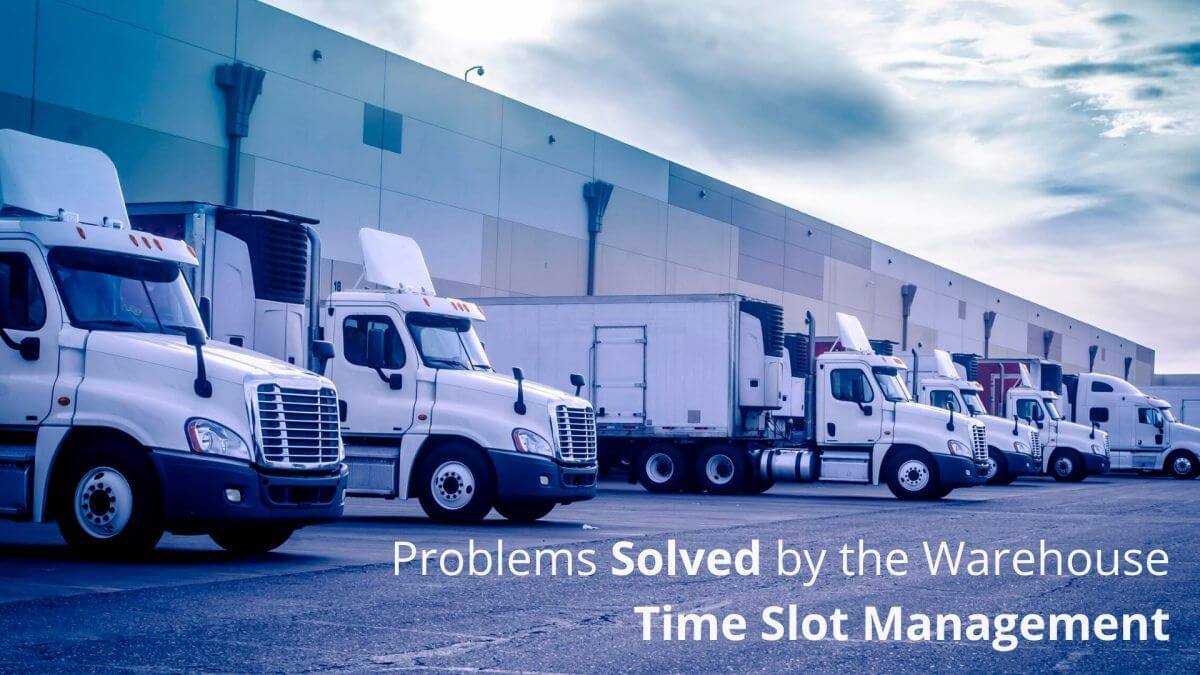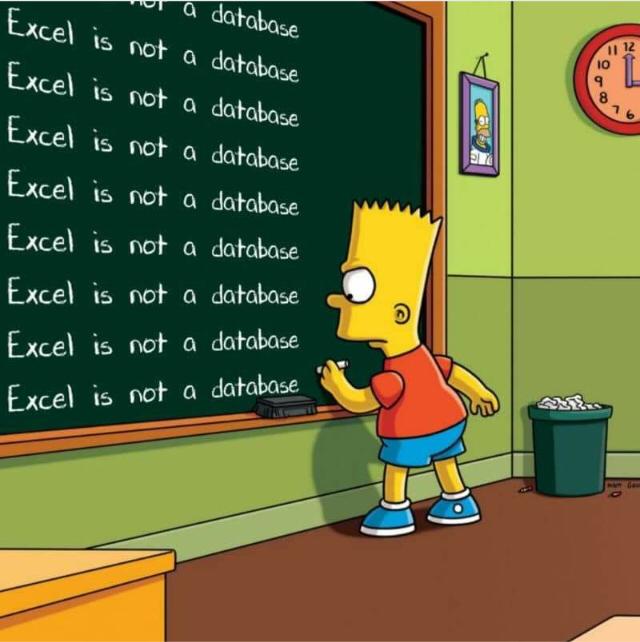Any supply chain has its weak points that can set back everything or even break the entire operation. Supply chain resilience has been a hot topic amidst the COVID-19 pandemic, Suez canal obstruction and rising global demand for products. No matter how well you prepare for different crises and scenarios, there can always happen something so obvious or something so unique, that it will disrupt or even break your supply chain.
There are countless points in any supply chain where things can go south quickly. Since we specialise in the warehouse logistics management, we will reveal the top 3 pitfalls in warehouse logistics processes that you must learn from.

The Wreaking Havoc Forklift
The forklift is at the heart of any warehouse operation. As the heart pumps blood throughout the body, so does the forklift moves products throughout the warehouse. From trucks to the pallet racks and back to trucks. Today, most warehouses can’t even imagine how they would need to operate without the forklifts. They are critical to the operation but they are also extremely dangerous.
OSHA (Occupational Safety and Health Administration in the U.S) estimates forklifts cause about 85 fatal accidents each year! About 34,900 accidents result in serious injury and about 61,800 accidents result in non-serious injuries. That’s right, nearly 100,000 workers are injured every year due to improper training or sheer carelessness on the job.
According to the Industrial Truck Association, there are about 855,000 forklifts in the U.S. Therefore, approximately 11% of forklifts in the U.S will be involved in an accident each year. So if your facility has 10 or more forklifts - you should expect an accident at some point.

Forklift overturning and tipping are the most common accidents followed by accidents caused by speeding, overloading and improper use of equipment. Studies show that many of these accidents could be prevented by better training. Even though, to operate a forklift driver must have a license, frequent refresher training is the best way to improve knowledge and skills to safely operate a forklift.
Any type of forklift accident will disrupt your warehouse logistics for some time. But some forklift accidents are way bigger and can literally destroy your warehouse. So, keep your forklift drivers well trained and sharp while on the job to avoid any possible accidents.
The Overconfidence in 3PL Partner
You could say that successful logistics is all about having the right partner. Picking trustworthy and experienced logistics partners is not easy especially when the objective to cut costs is usually at the top of the list. Switching to a new logistics partner is also a complex operation that requires hours of planning and preparations. A wrong partner pick, overconfidence or situation underestimation can easily lead to a supply chain disaster. The great KFC chicken shortage of 2018 is a story exactly about that.
Back in February 2018, approximately 650 of the 900 KFCs in the UK were forced to close for a week due to the chicken shortage. Yes, they ran out of their main menu item - chicken. It is hard to imagine that something like this could even happen. But it did. While the fact that KFC ran out of chicken was widely covered in the news and social media, the reasons behind it were not very well covered. What happened is a classic lesson in logistics management.
The crisis began to take shape on February 14, the day that KFC switched from Bidvest Logistics to DHL. Bidvest Logistics has been delivering to KFC for years from its six distribution centres. DHLs plan was to deliver products to all KFC locations from a single warehouse. While delivering from a single location offers lower costs and greater efficiencies it also comes with a much higher risk.

Unfortunately for DHL, on February 14 there were several collisions in their warehouse area. Those collisions ended up blocking the three junctions that were connecting their warehouse to the road network. Making DHL trucks stuck in the traffic as soon as they left the warehouse. Talk about bad luck on your first job day.
Traffic issues were just one part of the problem. It was a new warehouse and there weren’t enough trained and experienced staff. Even more, the new automation and IT systems had some problems when going live. All these factors came together at an already difficult transition moment and caused a crisis.
The result of this crisis was millions lost in revenue, a negative effect on company share prices and a reputation crisis. Oh, and KFC gave a part of their logistics business back to their time-proven partner Bidvest Logistics.
Most experts agree, that all of this could have been avoided with much better planning and by KFC challenging their new logistics partner. When moving to a new logistics partner don’t be afraid to challenge their processes, ask how they will deliver and what preparations they have taken. After all, good logistics requires a lot of expertise and planning, and open dialogue with your logistics partner is the only way to find out their quality.

The Inaccurate Spreadsheet
Spreadsheets, spreadsheets and more spreadsheets. Some estimates say that over 70% of companies around the world use spreadsheets as their primary tool for supply chain management. It’s no surprise considering their widespread use - globally there are approximately over 1 billion spreadsheet users (MS Excel and Google Sheets combined), with MS Excel accounting for around 800 million. However, it is 2022 and the time of spreadsheets in supply chain management is coming to an end and here is why.
First of all, don’t get us wrong - each one of us at GoRamp has used spreadsheets for logistics and supply chain management for years. We all have seen the good side and the bad side of spreadsheet use.
The problem with spreadsheets, and not only in supply chain management, is that they are incredibly prone to errors. Various studies report that nearly 9 out of 10 spreadsheets (that’s 88%!) contain errors. And most of them are human errors that could have been avoided.

For example, during the London 2012 Olympics instead of having 10,000 available tickets to the synchronized swimming event, there were 20,000 tickets for sale. Turns out the employee accidentally hit 2 instead of 1 and doubled the number of available tickets. Needless to say, there were thousands of angry ticket-holders. It gets even better in the finance world - in 2012, JP Morgan was hit with a $6 billion trading loss due to Excel copy-and-paste error. After a quick Google search, you will find even more unfortunate stories where Excel error is the main villain.
No matter how many times you’ll manually check everything, at some point mistakes will happen. Spreadsheets are not particularly good for multiple user usage, analytics capabilities are limited (talking about big data and proactive analytics) and data security is a whole other topic.
But the biggest drawback is that they keep your supply chain from being fully digital, agile and real-time. A spreadsheet is a perfect tool for a one-man operation when things get bigger, it becomes a bottleneck rather than the growth enabler. Manual data entry, lack of insights, high chance of errors and limited sharing capabilities are not up to today's logistics and supply chain management standards.

How can We Help
Well, we won’t be able to help you with forklift safety or partner screening but we can help you to move away from spreadsheets. Our Dock scheduling software is designed to take your warehouse logistics from manual, spreadsheet-based level to automated and smart warehouse logistics management. We make sure that your transition is smooth and without fails.
Sign up for a quick call with our expert to learn more.


